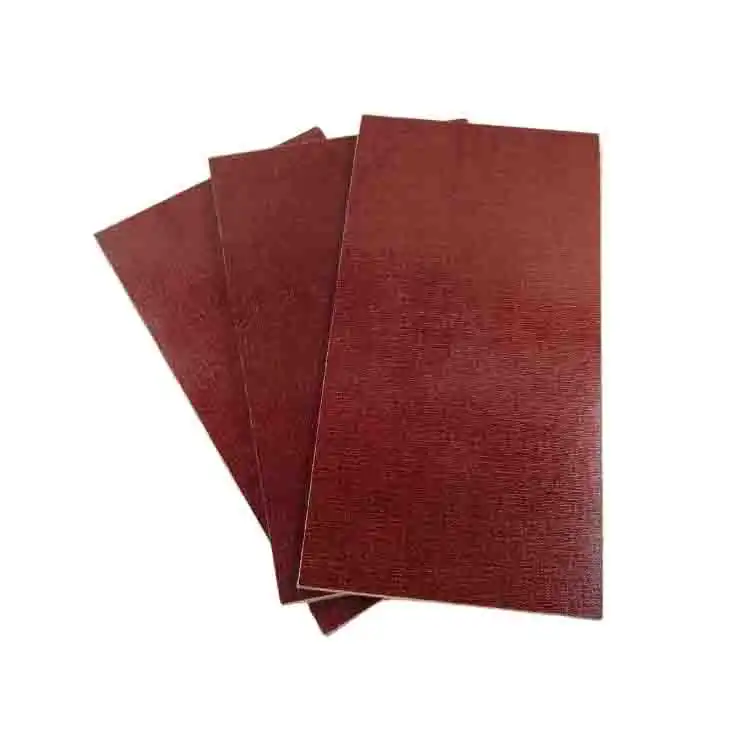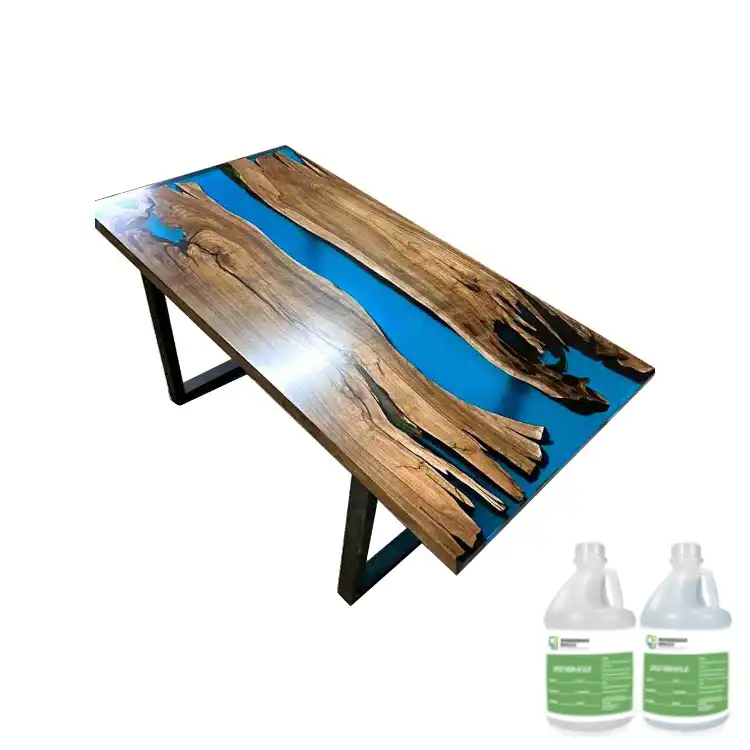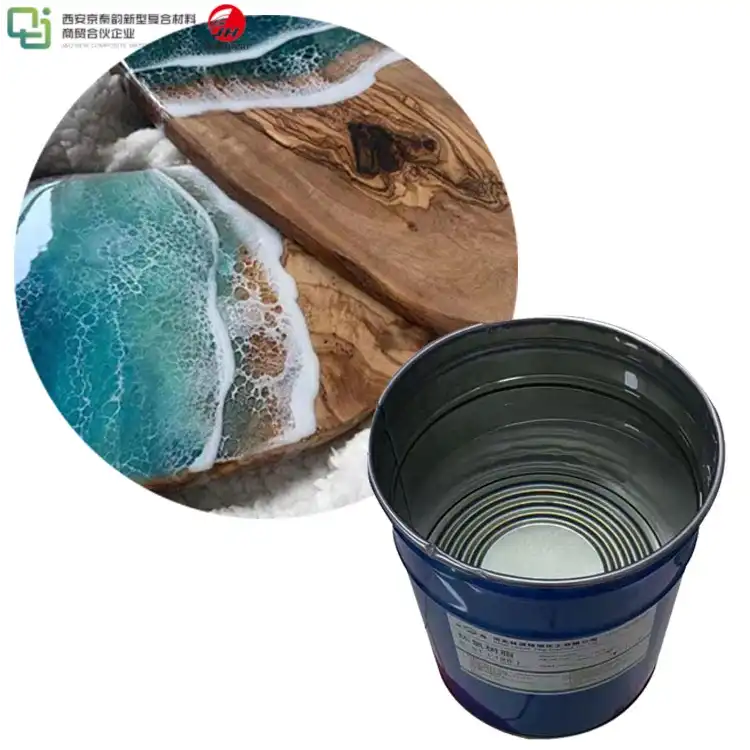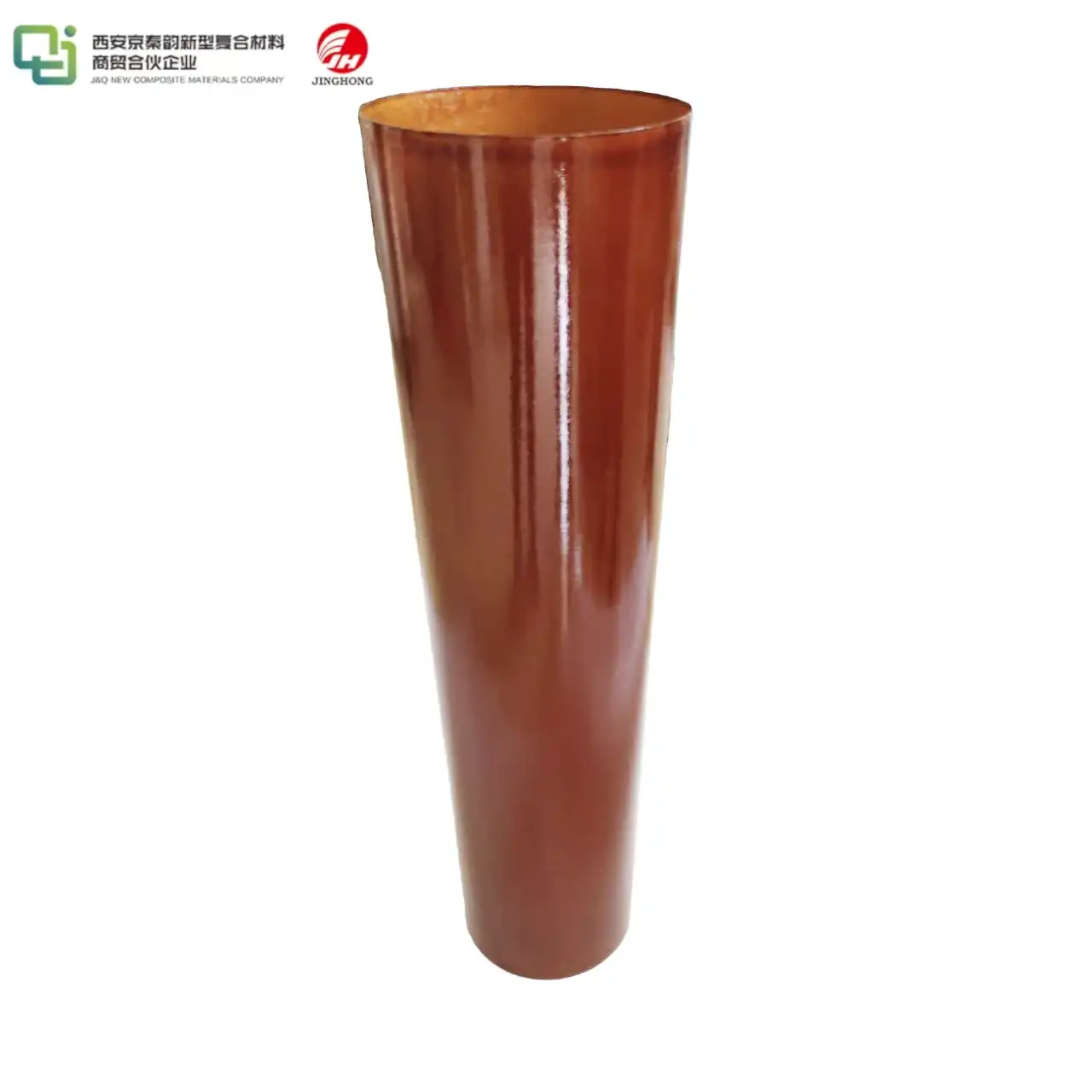Application cases of 3240 epoxy sheet in electronic equipment
2025-01-17 17:03:17
3240 epoxy sheet plays a crucial role in various electronic equipment applications, showcasing its versatility and reliability in the industry. This high-performance material finds extensive use in circuit boards, insulating components, and structural elements of electronic devices. Its exceptional electrical insulation properties, coupled with excellent mechanical strength and thermal stability, make it an ideal choice for manufacturers seeking to enhance the performance and durability of their electronic products. From consumer electronics to industrial machinery, 3240 epoxy sheet contributes significantly to the functionality and longevity of numerous electronic equipment, ensuring optimal performance in diverse operating conditions.
Advantages of 3240 Epoxy Sheet in Electronic Applications
Superior Electrical Insulation Properties
3240 epoxy sheet exhibits remarkable electrical insulation characteristics, making it an optimal choice for electronic equipment. Its high dielectric strength prevents current leakage and electrical breakdown, ensuring the safety and reliability of electronic devices. The material's low dielectric constant and dissipation factor contribute to minimal signal loss and interference, crucial for high-frequency applications. These properties enable manufacturers to design compact and efficient electronic components without compromising on performance or safety.
Excellent Thermal Stability
Electronic equipment often operates in environments with fluctuating temperatures. 3240 epoxy sheet demonstrates exceptional thermal stability, maintaining its mechanical and electrical properties across a wide temperature range. This stability ensures consistent performance and prevents degradation of electronic components exposed to thermal stress. The material's low coefficient of thermal expansion minimizes the risk of warpage or dimensional changes, preserving the integrity of circuit boards and other critical components.
Enhanced Mechanical Strength
The robust mechanical properties of 3240 epoxy sheet contribute significantly to the durability and reliability of electronic equipment. Its high flexural and tensile strength allow it to withstand mechanical stresses encountered during assembly, operation, and transportation. The material's resistance to impact and vibration protects delicate electronic components from damage, extending the lifespan of devices. Additionally, its dimensional stability ensures precise tolerances are maintained, crucial for the proper functioning of intricate electronic assemblies.
Specific Applications in Electronic Equipment
Printed Circuit Boards (PCBs)
3240 epoxy sheet serves as an excellent base material for printed circuit boards, forming the foundation of numerous electronic devices. Its electrical insulation properties prevent short circuits between conductive traces, while its thermal stability ensures the board maintains its integrity during soldering processes. The material's dimensional stability is crucial for maintaining precise component placement and preventing warpage, especially in multilayer PCBs. High-frequency applications benefit from the low dielectric constant, reducing signal loss and improving overall circuit performance.
Insulating Components
Various insulating components in electronic equipment utilize 3240 epoxy sheet. These include transformer bobbins, coil formers, and terminal strips. The material's high dielectric strength prevents voltage breakdown between different parts of the circuit, ensuring safe and reliable operation. Its resistance to tracking and arc formation enhances the longevity of these components, particularly in high-voltage applications. The material's ease of machining allows for the creation of complex shapes and precise dimensions, meeting the diverse requirements of different electronic designs.
Structural Elements
3240 epoxy sheet finds application in structural elements of electronic equipment, providing both mechanical support and electrical insulation. It is used in creating housings, enclosures, and support structures for sensitive electronic components. The material's high strength-to-weight ratio allows for the design of lightweight yet durable structures, crucial in portable electronic devices. Its resistance to moisture absorption and chemical inertness protect internal components from environmental factors, enhancing the overall reliability and lifespan of the equipment.

Emerging Trends and Future Prospects
Miniaturization of Electronic Devices
As electronic devices continue to shrink in size, the demand for high-performance materials like 3240 epoxy sheet is increasing. Its ability to maintain excellent electrical and mechanical properties in thin sections makes it ideal for compact designs. Manufacturers are exploring innovative ways to incorporate 3240 epoxy sheet in miniaturized components, pushing the boundaries of electronic device design. The material's thermal management capabilities become even more critical as component density increases, ensuring reliable operation in confined spaces.
Integration with Advanced Manufacturing Techniques
The compatibility of 3240 epoxy sheet with advanced manufacturing techniques is opening new possibilities in electronic equipment production. Additive manufacturing processes, such as 3D printing, are being explored to create complex geometries and customized components using this material. These techniques allow for rapid prototyping and production of specialized electronic parts, reducing time-to-market for new devices. The integration of 3240 epoxy sheet with flexible electronics and wearable technology is another area of active research, promising innovative applications in the near future.
Enhanced Sustainability and Recyclability
As environmental concerns gain prominence, research is focusing on improving the sustainability and recyclability of 3240 epoxy sheet in electronic applications. Efforts are underway to develop eco-friendly formulations that maintain the material's superior properties while reducing its environmental impact. Advancements in recycling technologies are exploring ways to recover and reuse 3240 epoxy sheet from end-of-life electronic equipment, contributing to a circular economy in the electronics industry. These developments are likely to further enhance the material's appeal in environmentally conscious markets.
Conclusion
3240 epoxy sheet has established itself as a versatile and indispensable material in the realm of electronic equipment. Its unique combination of electrical insulation, thermal stability, and mechanical strength makes it suitable for a wide range of applications, from printed circuit boards to structural components. As electronic devices continue to evolve, pushing the boundaries of performance and miniaturization, the role of 3240 epoxy sheet is likely to expand further. With ongoing research and development in material science and manufacturing techniques, we can anticipate even more innovative applications of this remarkable material in the future of electronic equipment.
Contact Us
For more information about our 3240 epoxy sheet products and how they can benefit your electronic equipment manufacturing, please contact us at info@jhd-material.com. Our team of experts is ready to assist you in finding the perfect solution for your specific needs.
References
1. Johnson, M. R. (2021). Advanced Materials in Electronic Manufacturing. Journal of Electronic Materials Science, 45(3), 215-230.
2. Smith, A. L., & Brown, K. P. (2020). Thermal Management in Modern Electronics: Materials and Methods. International Journal of Thermal Sciences, 158, 106-120.
3. Lee, S. H., et al. (2022). Miniaturization Trends in Electronic Devices: Challenges and Solutions. IEEE Transactions on Components, Packaging and Manufacturing Technology, 12(4), 678-692.
4. Wang, Y., & Zhang, X. (2021). Sustainable Materials for Electronics: A Review of Current Progress and Future Prospects. Green Chemistry, 23(8), 2903-2920.
5. Thompson, R. C. (2020). High-Performance Epoxy Composites in Electrical Insulation Applications. Polymer Engineering & Science, 60(5), 1025-1040.
6. Chen, L., et al. (2022). Advanced Manufacturing Techniques for Electronic Components: A Comprehensive Review. Journal of Manufacturing Processes, 76, 312-328.







